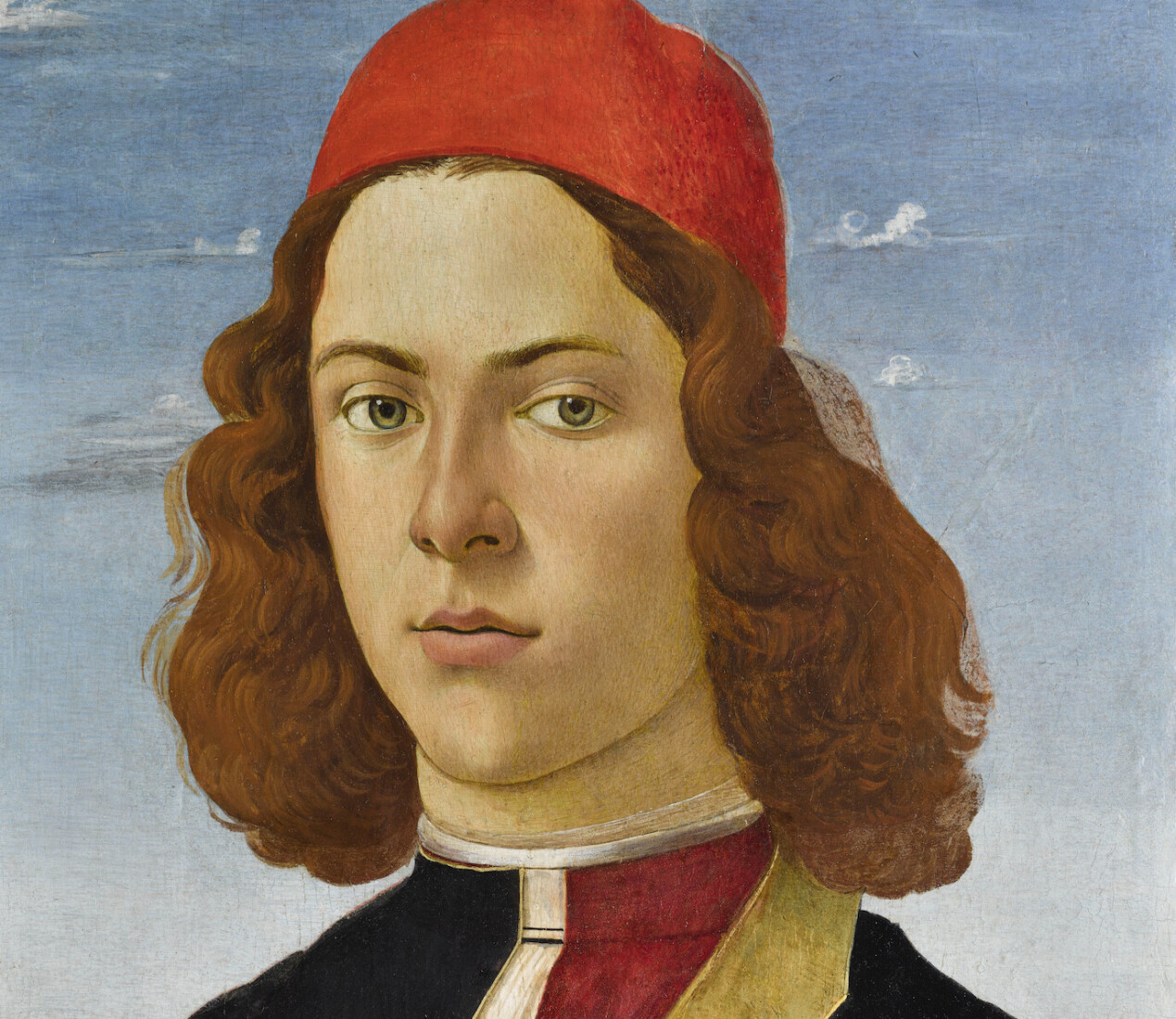
EXHIBITION
From 01.12.2021 to 28.03.2022
The expansion of the National Gallery – Alexandros Soutsos Museum is now complete, after many years of efforts by the director and staff, and thanks to the continuous financial and technical support of the Hellenic Ministry of Culture. Our major donor, The Stavros Niarchos Foundation made a substantial grant towards the realisation of this project; other sponsors helped to complete and equip the museum. We extend our gratitude to all of them. The new museum – modern, functional, charming, and inviting – has now opened its doors and already welcomed thousands of visitors, including many young people.
The new National Gallery launches its exhibition programme with an imposing exhibition, dedicated to the Art of the Portrait in the Collections of the Louvre. Spanning more than 3,000 years of history, the exhibition begins from the remotest antiquity – the kingdoms of the Middle East and Egypt – through the Greco-Roman period and the iconic portraits of Homer, Alexander the Great, and Roman emperors, to the Fayum portraits; and from there to the advent of Christianity, when idealism prevailed over the individual, through to the triumphant emergence of the human figure in the Renaissance. Crossing over to ostentatious Baroque, with its formal portraits of kings and nobles, but also with its psychological climaxes, the exhibition presents the philosophers of the Enlightenment, nods to the French Revolution, with Jacques-Louis David’s astounding portrait The Death of Marat, as well as to triumphant Napoleon, with Antoine-Jean Gros’s masterpiece Bonaparte at the Pont d’Arcole. The exhibition pushes to the limits of the collections of the Louvre, featuring iconic masterpieces by Ingres and Delacroix.
No social group is underrepresented in this expansive collection – women, children, families are all represented in works by great artists, including Botticelli, Veronese, El Greco, Velasquez, Rembrandt, Goya, Reynolds, David, Ingres, Delacroix, and more – the faces of history, the living history of art.
Rather than a linear historical narrative, the exhibition curators opted for a thematic articulation of the material, focusing on the social function of the portrait in each period, illuminated by characteristic works that showcase the function and symbolism of the portrait at that time.
The planning of the exhibition
The planning of a new museum’s first temporary exhibitions is traditionally linked to the vision of its director in terms of policy and profile. All the more so when the museum includes an imposing new temporary-exhibition venue, over 2,000m2 (Anthony E. Comninos Foundation Hall), to be inaugurated by this iconic exhibition. For a long time, I felt that if the museum should and could organise two major exhibitions every year, alongside a number of smaller ones, these should feature the history of both Greek art and the art of other countries. The permanent display of the collections presumably represented an expansive overview of the history of Modern Greek art; therefore, the first major exhibition had to be a tribute by the new National Gallery to a leading international museum. Our selection was the Louvre, not only because of the vast wealth of its collections, but also because of the traditional ties between the two countries, Greece and France – ties amply highlighted in the landmark anniversary exhibition Paris – Athens, The Birth of Modern Greece, 1675–1919, organised at the Louvre as a tribute to the bicentennial anniversary of the Greek War of Independence. The exhibition is the outcome of collaboration between the Louvre and the National Gallery, Athens, alongside other Greek museums.
It was four years ago that my meeting with the now honorary president and director of the acclaimed French museum, Jean-Luc Martinez, took place in the Louvre. When I saw the National Gallery renovation project nearing completion, I asked to meet with him to put forward a proposal. His response to my idea was enthusiastic. He proposed the exhibition The Art of the Portrait in the Collections of the Louvre. While it had already travelled to Japan, he readily accepted to, in collaboration with the museum’s directors and curators, modify and augment with new representative masterpieces from the rich collections of the Louvre especially for the National Gallery.
CREDITS
CONCEPT – COORDINATION
Marina Lambraki-Plaka, Director, National Gallery – Alexandros Soutsos Museum
CURATORS
(FOR THE LOUVRE)
Ludovic Laugier, Curator of Greek, Etruscan, and Roman Antiquities
Côme Fabre, Curator, Department of PaintingEXHIBITION COORDINATORS
Aline François-Colin, Deputy Director of Mediation and Cultural Planning
Nicolas Lesur, Exhibition Coordinator
(FOR THE NATIONAL GALLERY – ALEXANDROS SOUTSOS MUSEUM)
Efi Agathonikou, Director, National Gallery Collections
Katerina Tavantzi, Curator
Marina Makri, Finance & Administration
Irene Tselepi, Press Officer
Exhibition design: Giorgos Parmenidis, Christine Longuépée, Ifigenia Mari
MAJOR SPONSOR
CITIBANK EUROPE Plc., Greece
Our thanks go to the art-loving Chair and CEO, Emilios Kyriacou
SPONSOR
AEGEAN AIR
Our thanks go to Eftichios Vassilakis, Vice Chairman of the BoD,
a friend of the National Gallery, for his enthusiastic support.
The exhibition is supported
by the Hellenic Ministry of Culture and Sports.
Concept - Coordination:
Marina Lambraki-Plaka, Director, National Gallery – Alexandros Soutsos Museum
Curators (for the Louvre):
Ludovic Laugier, Curator of Greek, Etruscan, and Roman Antiquities Côme Fabre, Curator, Department of PaintingEXHIBITION COORDINATORS Aline François-Colin, Deputy Director of Mediation and Cultural Planning Nicolas Lesur, Exhibition Coordinator
For the National Gallery - Alexandros Soutsos Museum:
Efi Agathonikou, Director, National Gallery Collections
Katerina Tavantzi, Curator
Marina Makri, Finance & Administration
Irene Tselepi, Press Officer
Exhibition design: Giorgos Parmenidis, Christine Longuépée, Ifigenia Mari
Major sponsor:
CITIBANK EUROPE Plc., Greece
Sponsor:
AEGEAN AIR

